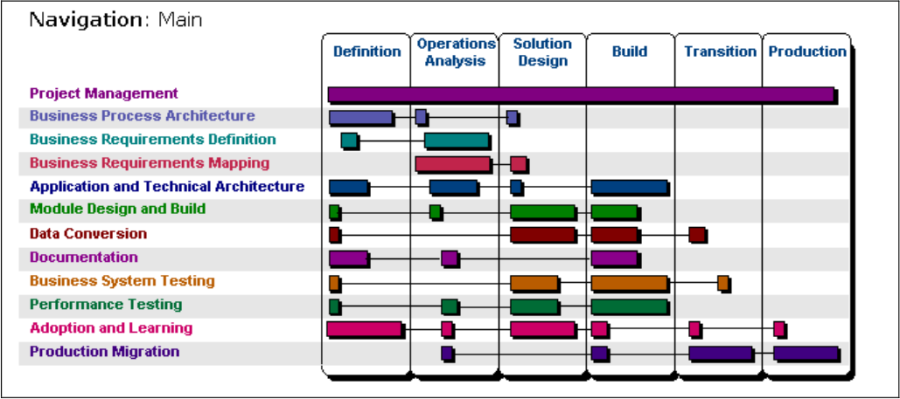1. Overview of the Oracle Fusion Application
2. Oracle fusion Application Home Page Feature
3. Overview of the Functional setup Manager in Oracle fusion Financials
4. How to Use functional Setup Manager
5. Feature of Functional setup Manager
6. How to Create Implementation Project in Functional setup Manager
7. Implementation Project Task assignments to the Users
8. Creating User/Roles Access for Financial Implementation
9. Introduction of Organization Structure in Oracle Fusion
10. Implementation Example Scenario for Sample Organization
11. Create Legal Entity Address
12. Creating Legal Entity in Oracle Fusion
13. Creating Chart of Account Value Sets
14. Creating Chart of Accounts Structure
15. Creating Chart of Accounts Structure Instances
16. Creating Chart of Account Value Set Values
17. Creating Accounting Calendar for Ledger
18. Defining Currency Conversion Rate Type
19. Creating Subledger Accounting Methods
20. Creating Ledger in Oracle Fusion Financials
21. Creating Ledger
22. Assigning Legal Entity to Ledger
23. Maintaining Primary Ledger Information
24. Assigning Balancing Segment Values to Legal Entities
25. Creating Secondary Ledger in Oracle Fusion Financials
26. Creating Accounting Calendar for Secondary Ledger
27. Defining Specify Ledger Options for Secondary Ledger
28. Creating Primary to Secondary Ledger Mapping
29. Define Accounting Configurations
30. Creating Access in Oracle Fusion for Using General Ledger
31. Providing Data Access to access the Ledger Data in General Ledger
32. Opening First GL Period in Oracle Fusion
33. Open/Close Manage GL Period in Oracle Fusion
34. Creating Journal Sequence in Oracle fusion
35. Creating Journal Sources for External Source
36. Creating Journals Auto Post Criteria Set
37. Creating Auto Journal Reversal Criteria Sets
38. Configuring Revaluations in Oracle Fusion
39. How to Create the Budget in Oracle Fusion
40. Upload Budget in Oracle Fusion
41. Inquiry and View the GL Account Balances in Oracle Fusion
42. Creating New GL Account Combination in Oracle Fusion
43. Maintain Daily Rates in Oracle Fusion
44. Creating Manual Journals in Oracle Fusion
45. How to View the Created Journals
46. Open/Close GL Periods in Oracle Fusion
47. Manually Reversing Journals in Oracle Fusion
48. Creating GL Journals through Spreadsheet
49. Schedule Run Auto Post program to automatically post GL and Subledger journals in General Ledger.
50. Auto Reverse Journals
51. Translation in Oracle Fusion
52. Implement Journal Approval Process in Oracle Fusion
53. BPM Setup of oracle Fusion journal approval workflow
54. Creating Manual GL Journal for Testing Approval Process
to be continue...
-1.jpg?resize=600%2C475)
